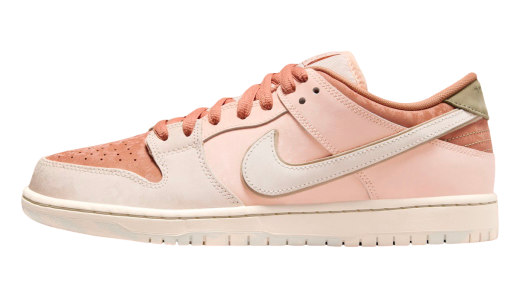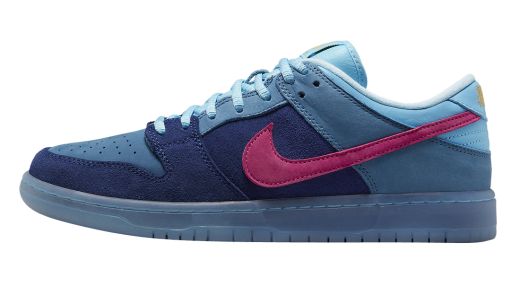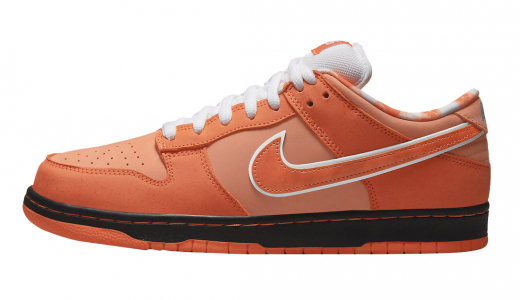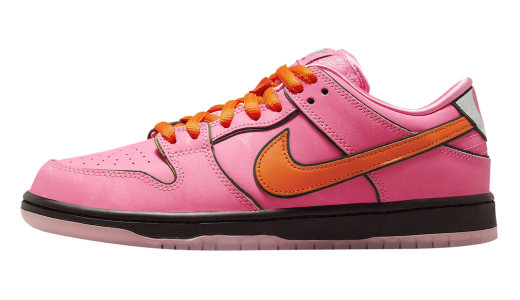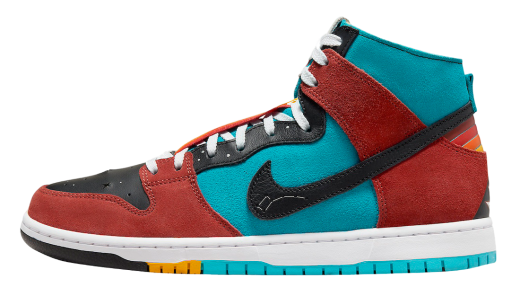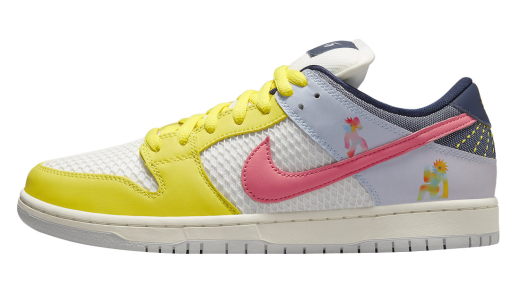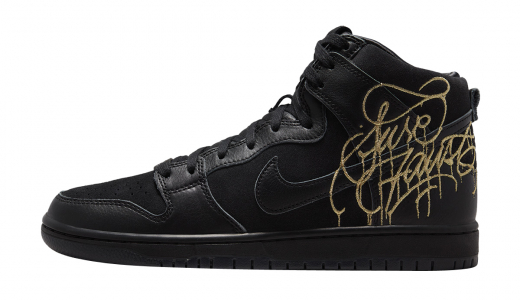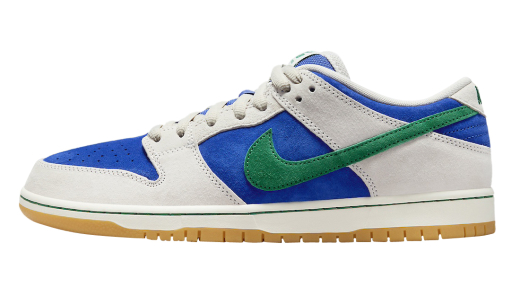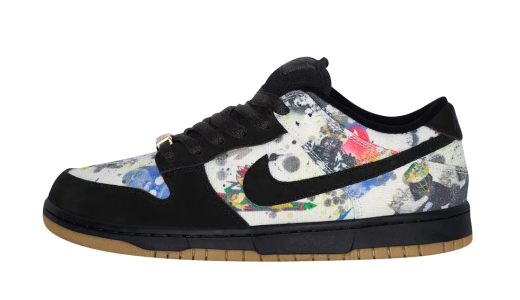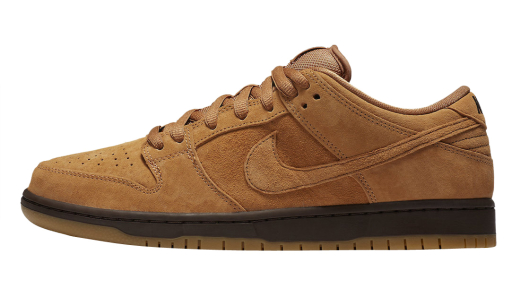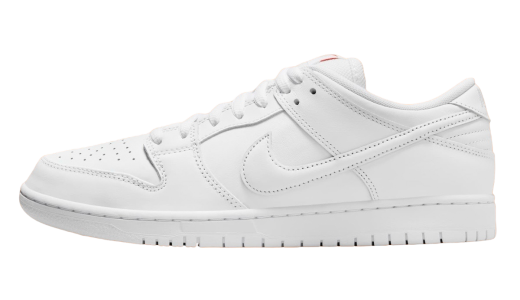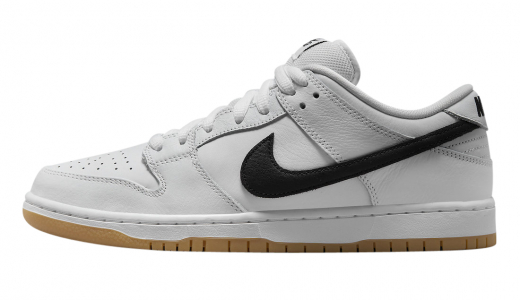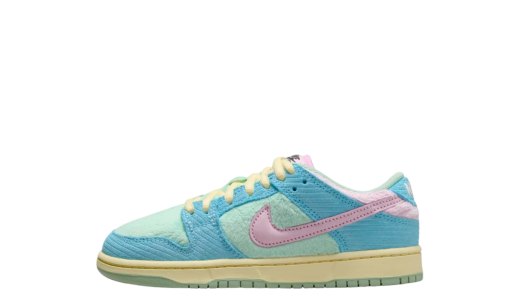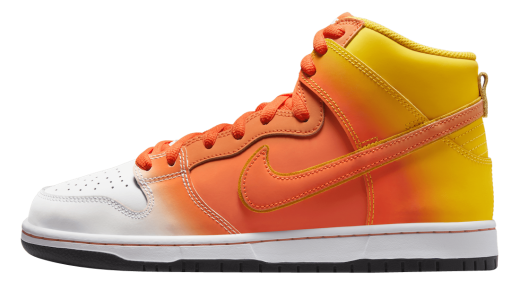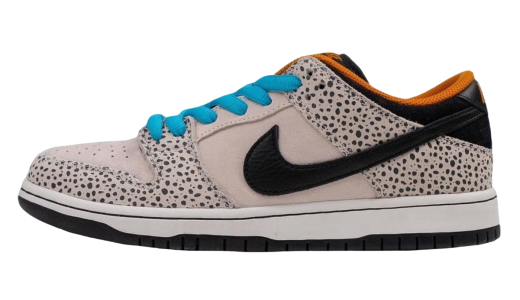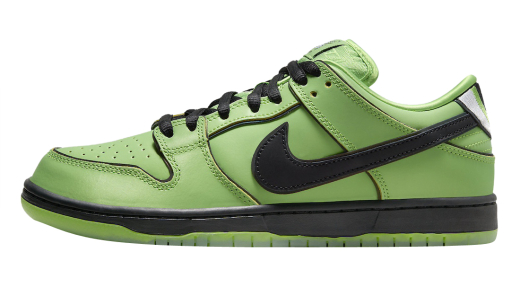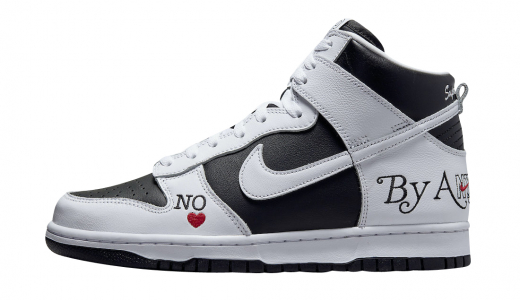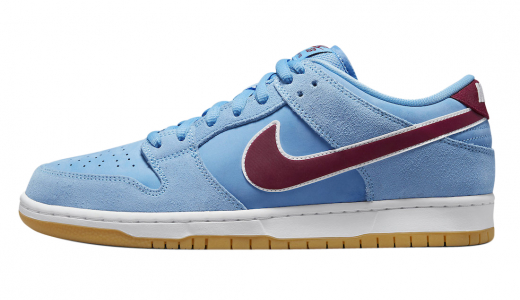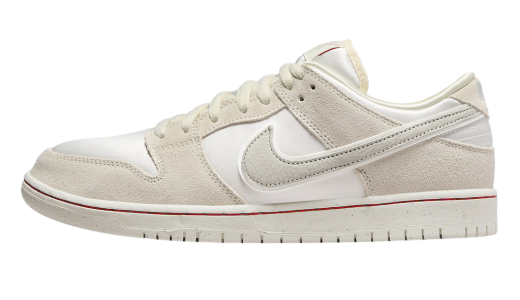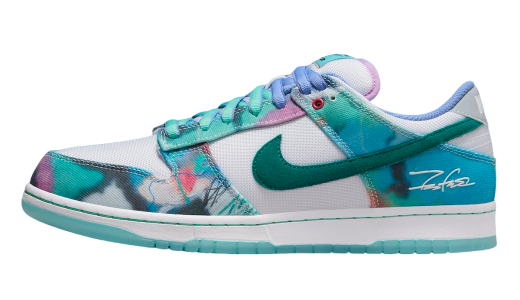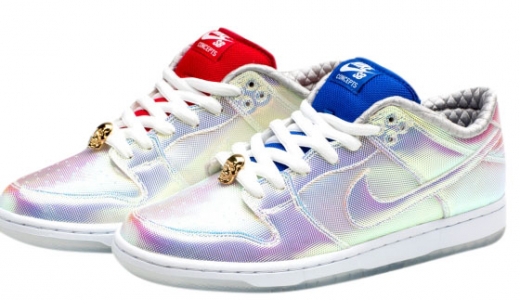Nike Sb Dunk
The Nike SB Dunk is a line of skateboarding sneakers that has become a cornerstone of both the skate and sneaker communities since its launch in 2002. Born out of a collaboration between Nike and some of the most influential skateboarders of the time, the SB Dunk was designed to meet the needs of skaters by incorporating a padded tongue and Zoom Air insoles for extra cushioning. The shoe quickly gained traction, not just for its performance benefits but also for its unique, often limited-edition colorways and collaborations with artists, brands, and stores. This approach cultivated a sense of exclusivity and desirability that fueled its iconic status.
Beyond its roots in skateboarding, the Nike SB Dunk has transcended sport and infiltrated popular culture, becoming a notable symbol in streetwear fashion. Enthusiasts and collectors frequently line up for new releases, sometimes camping out for days to get their hands on the latest iterations. The shoe has been a canvas for various creative pursuits, with collaborations involving high-profile names and entities like Supreme, Travis Scott, and even Ben & Jerry's. This cultural permeation underscores the SB Dunk's lasting impact, redefining what a performance shoe can mean beyond its intended purpose and solidifying its place in sneaker history.
History of Nike Sb Dunk
A History of the Nike SB Dunk
The Nike SB Dunk is not just a sneaker; it’s an embodiment of culture, innovation, and community. Launched in the early 2000s, it has since become one of the most iconic silhouettes in both the sneaker and skateboarding worlds.
Origins: From Basketball to Board
The story of the Nike SB Dunk begins in 1985 with the original Nike Dunk, designed by Peter Moore. Initially conceived as a basketball shoe, the Dunk was released in a range of colorways matching various college basketball teams, part of Nike’s "College Colors" campaign. The shoe featured a high-top design and cushioned insole, suitable for the rigors of the basketball court.
However, by the late 1990s, the Dunk had faded from prominence in the basketball world. It wasn’t until Nike’s foray into the skateboarding market that the Dunk found a new life. Recognizing the growing popularity of skateboarding and the potential it had, Nike established Nike Skateboarding (Nike SB) in 2002. To bridge the gap between Nike and skaters, the company brought on Sandy Bodecker, a visionary within Nike, to spearhead the new division.
Sandy Bodecker saw the potential in retooling the Dunk for the skateboarding community. The reimagined Nike SB Dunk featured enhancements such as a padded tongue, Zoom Air insoles, and minor modifications to improve durability and ride.
The SB Dunk Low: A Cultural Icon
The first four Nike SB Dunk colorways, released in March 2002, were the conceptions of skateboarding legends Gino Iannucci, Richard Mulder, Danny Supa, and Reese Forbes. Each of these pro skaters brought their unique touch to the design.
1. **Gino Iannucci (Midnight Navy/White)**: Iannucci’s version was clean, featuring a minimalistic navy and white palette that emphasized its versatility. 2. **Richard Mulder (White/Orion Blue)**: Mulder opted for a crisp white look with accents of blue, evoking a sense of freshness and simplicity.
3. **Danny Supa (Safety Orange/Hyper Blue)**: Supa’s rendition involved bold colors that paid homage to his New York heritage. 4. **Reese Forbes (Wheat/Navy)**: Forbes was inspired by "wheat" color instantly recognizable to those familiar with classic Timberland boots, a staple in skate culture.
These initial offerings sold out quickly, igniting interest among both skaters and sneaker aficionados. What followed was an unprecedented trend where each SB Dunk release was highly anticipated and often instantly sold out.
Collaborations: Elevating the SB Dunk
Collaborations became a cornerstone of the SB Dunk’s success. Nike SB’s partnerships spanned across artists, designers, and brands, creating highly coveted limited-edition releases.
1. **Supreme**: One of the first and most significant collaborations was with Supreme in 2002. The New York-based streetwear brand added a luxurious twist with a faux-crocodile texture and the iconic Supreme star logo, making it a runway hit.
2. **Staple Design**: In 2005, designer Jeff Staple released the "Pigeon" Dunk, which featured a grey and orange colorway mimicking the hues of New York City’s ubiquitous pigeon. The release caused a riot in New York City, solidifying the SB Dunk as a must-have item.
3. **Diamond Supply Co.**: The "Tiffany" Dunk, released in 2005, came about through a collaboration with Diamond Supply Co. Its striking teal and black colorway, coupled with the use of premium materials, made it an instant classic.
4. **Heineken**: The Heineken Dunk, released in 2003, was not an official collaboration but was inspired by the Dutch beer brand. Its green, red, and white color blocking mimicked Heineken’s logo, leading to both popularity and controversy.
5. **Stüssy**: In 2005, Stüssy and Nike SB collaborated to create a Dunk Low that featured unique two-tone colorways and was one of the first instances where a clothing brand had direct input on a sneaker’s design.
Each collaboration brought its own unique story and flavor to the SB Dunk, keeping the sneaker fresh and desirable.
Influencers and Community
Nike SB's success didn’t come solely from innovative design and high-profile collaborations. The brand understood the importance of authentic integration into the skateboarding community. Nike sponsored teams of talented skaters, providing them with the resources to hone their skills. Team riders such as Paul Rodriguez, Eric Koston, and Stefan Janoski helped Nike earn legitimacy and respect within the skateboarding community.
The influence of sneaker culture, streetwear, and hip-hop also played significant roles. The SB Dunk was embraced by these subcultures, further expanding its reach. Influencers, musicians, and actors were frequently seen wearing SB Dunks, which only augmented their desirability.
Technological Innovations
Over the years, Nike SB has continually refined the Dunk. The inclusion of Zoom Air insoles provided improved impact resistance, essential for skaters performing high-impact tricks. Padded tongues helped secure the foot better, preventing slippage, while the use of durable materials ensured longevity.
In 2016, Nike introduced the Hyperfeel concept, integrating the insole with the outsole to provide a lower profile and improved board feel. This was a significant leap in combining responsiveness with comfort.
Resurgence and Modern Day
After a period of decreased hype in the late 2000s, the Nike SB Dunk experienced a resurgence in the late 2010s and early 2020s. The revival can be attributed to several factors, including a wave of nostalgia in sneaker culture and renewed interest from high-profile collaborations.
Travis Scott, an influential figure in both music and fashion, collaborated with Nike on several occasions, his SB Dunk Low releases sparking significant buzz. Similarly, Virgil Abloh’s Off-White brand brought a new wave of modern design inspired by urban decay and deconstructed aesthetics.
The SB Dunk has also benefited from growing interest in vintage and retro sneakers. Collectors and new sneaker enthusiasts alike began to seek out older models, driving up secondary market prices and cultural capital.
Cultural Impact and Legacy
The cultural impact of the Nike SB Dunk extends beyond the realms of skateboarding and sneaker collection. It has become a symbol of how brands can authentically intersect with various subcultures, from streetwear to high fashion. The sneaker has been featured in art galleries, music videos, and fashion runways, illustrating its expansive influence.
Furthermore, the SB Dunk’s success helped change the sneaker industry’s approach to limited releases and collaborations. The model showed how creating a narrative around a sneaker release could drive demand and build a loyal community.
Today, the Nike SB Dunk continues to be at the forefront of sneaker culture. New releases still see lines of eager fans and instant sell-outs online. The sneaker has transitioned from a tool for skaters to a canvas for artists and a collector’s prized possession, cementing its status as an enduring cultural artifact.
Conclusion
The Nike SB Dunk’s journey from an overlooked basketball shoe to a skateboarding icon and cultural phenomenon is a testament to innovation, community engagement, and the power of collaboration. From its early days in the hands (and on the feet) of skateboarding legends to its status as a grail for collectors worldwide, the SB Dunk continues to captivate and inspire. As it evolves, it remains a symbol of how a product, when authentically integrated into various cultures, can transcend its original purpose and become something much greater.
